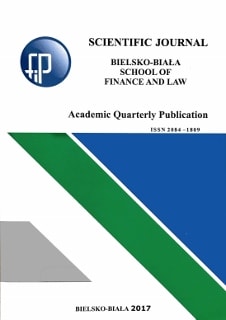Author(s): Maja Bacović / Language(s): English
Issue: 2/2017
SFRY republics achieved a different level of economic development, despite unique economic system and the economic policy governed at the state (federal) level. After the dissolution of Yugoslavia, independent countries have achieved different results in economic growth and overall prosperity.Following the declaration of independence , new states have begun the process of economic and institutional reforms, towards the development of modern, market economies, with institutional solutions adapted to the strategic choices. Unique strategic concept was membership in the European Union, while in some elements different concepts of economic policy were applied. Monetary policy is example (Slovenia, Croatia and Macedonia opted for new domestic currency, Serbia continued using the dinar, the official currency of the former Yugoslavia, Montenegro was a dollarized (eurized) economy partly since 1999. and in its entirety since 2000, while Bosnia and Herzegovina introduced its own currency, but according to the currency board model), dynamics and models of privatization were also not identical, as was the degree of economic liberalization. Also, different instrument of fiscal and foreign trade policy were often applied. Slovenia and Croatia are members of the European Union, while Montenegro, Serbia, Bosnia and Herzegovina and Macedonia are in the process of accession, with still uncertain dynamics of completing this process. The level of economic development, measured with GDP per capita (2015) ranges from $ 4,249 in Bosnia and Herzegovina, to $ 20,728 in Slovenia.The aim of the research is the analysis of factors that resulted in different levels of economic transformation of the former Yugoslav republics, and the analysis of potential challenges of future economic growth .
More...















